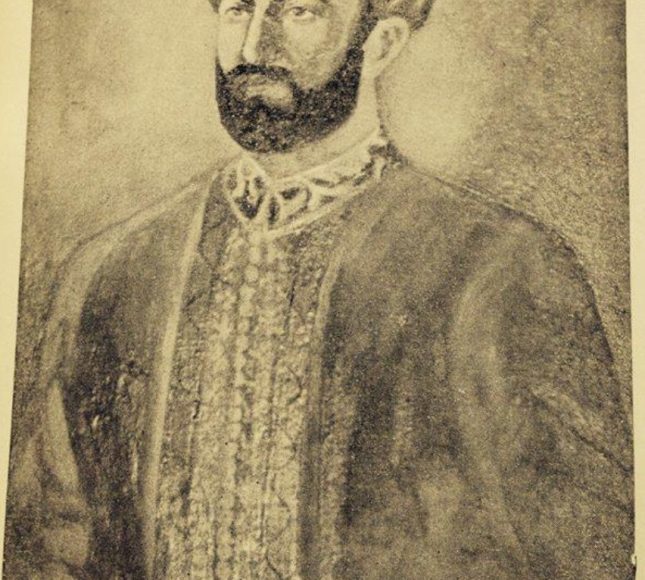TAIMUR SHAH (1746-1793), son and successor of Ahmad Shah Durrani, was born in December 1746 at Mashhad, in Iran, where his father was in the service of Nadir Shah. Taimur was educated at home and received practical training in the art of warfare by accompanying his father on many of his expeditions. He was present in Delhi in January 1757 during Ahmad Shah`s fourth inroad into India. In February 1757, Taimur was married at the age often to the daughter of the Mughal Emperor, Alamgir II.
While heading a detachment carrying booty from Delhi in March the same year, he was deprived of a large part of it by Ala Singh, founder of the Patiala dynasty, and other Sikh sardars at Sanaur and Malerkotla. In May 1757, Taimur was appointed viceroy of the Punjab by his father with Jahan Khan.the commanderin chief, as his guardian and deputy. After the departure of Ahmad Shah Durrani, Taimur and Jahan Khan directed their attention towards chastising the Sikhs who had not been fully subdued. Their stronghold at Amritsar, Ram Rauni, was attacked and razed to the ground, the sacred tank was filled up and the Harimandar and other places of worship were defiled.
The Sikhs angered by the sacrilege, ravaged the whole country around Lahore. Taimur engaged them on several occasions but was worsted each time. After an year`s stay in the Punjab, he was eventually driven out by the combined forces of the Sikhs, the Marathas and Adina Beg Khan in April 1758.Taimur became the ruler of Afghanistan in 1773 after the death of his father, Ahmad Shah Durrani. He shifted his capital from Qandahar to Kabul.
The possessions of the Sikhs extended at this time from Saharanpur in the east to Attock in the west, and from Multan and Sindh in the south, to Kangra, Jammu and Bhimbar in the north. Taimur Shah made several attempts to recover his lost territories and consolidate his empire, but all he could do was to hold on to Kashmir and eject the Bhangi sardars from Multan. Taimur Shah died in Kabul on 18 May 1793.
References :
1. Ganda Singh, Ahmad Shah Durrani. Bombay, 1959
2. Gupta, Hari Ram, History of the Sikhs, vol. II. Delhi, 1978
3. Sarkar,Jadunath, Fall of the Mughal Empire, vol. II. Delhi, 1971
4. Khushwant singh, A History of the Sikhs, vol. I. Princeton, 1963
Timur SHAH Durrani – the end of the Durrani Emperor
Timur moved his capital away from Kandahar to Kabul, because Timur was inclined towards Persian culture and sought to weaken tribal Pashtun influences. Timur Shah concentrated on suppressing Afghan tribal leaders who may have challenged his leadership. He delighted in the arts and particularly in the embellishment of buildings and the layout of formal gardens. Indeed, his fine tastes were undoubtedly also influenced by his wives, one of whom was a Mughal Princess. The beautiful buildings erected by Timur were still standing at the time of the First Anglo Afghan War and can be seen in the watercolours of James Rattray and James Atkinson. Timur’s more lasting creative legacy was a vast brood of 24 sons. Timur also assigned responsibility of governorships to some of his sons of Kandahar, Herat, Peshawar, Kabul Ghazni and Kashmir and set the seeds for discord. Timur died in 1793 and at that time the Durrani empire included Lahore, Kashmir, Multan, Peshawar, Afghanistan south of the Hindu Kush and much of Northern India while his sovereignty was acknowledged by Kalat, Baluchistan, and Persian Khurasan, Sind



